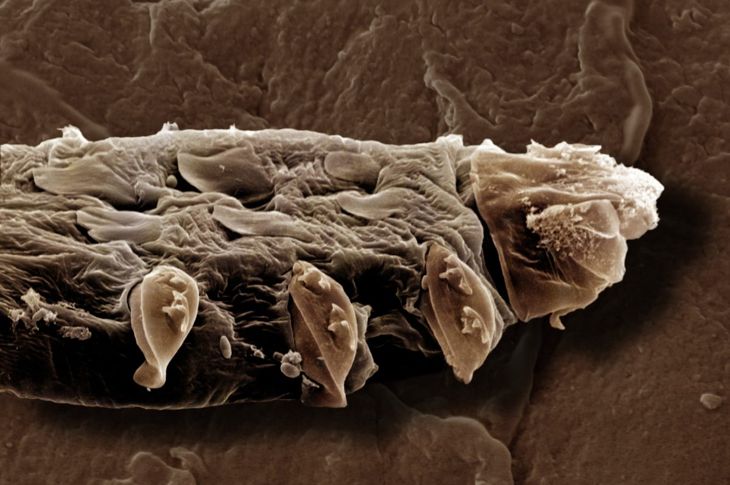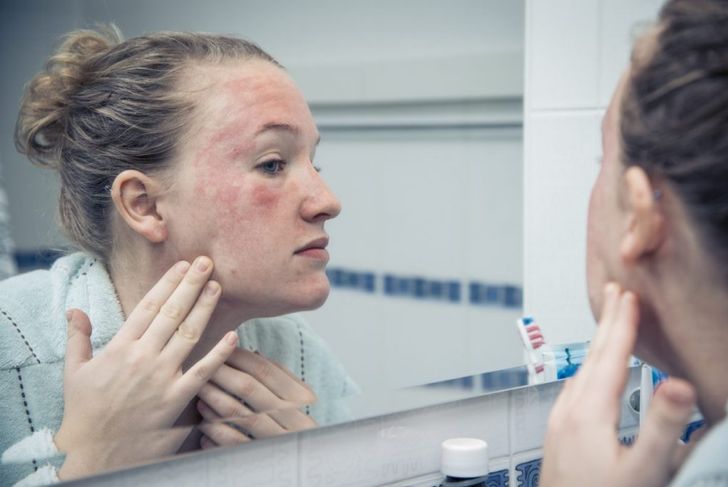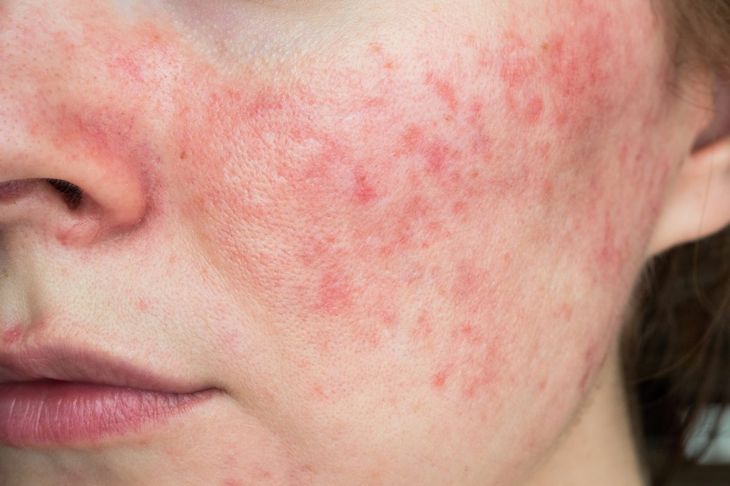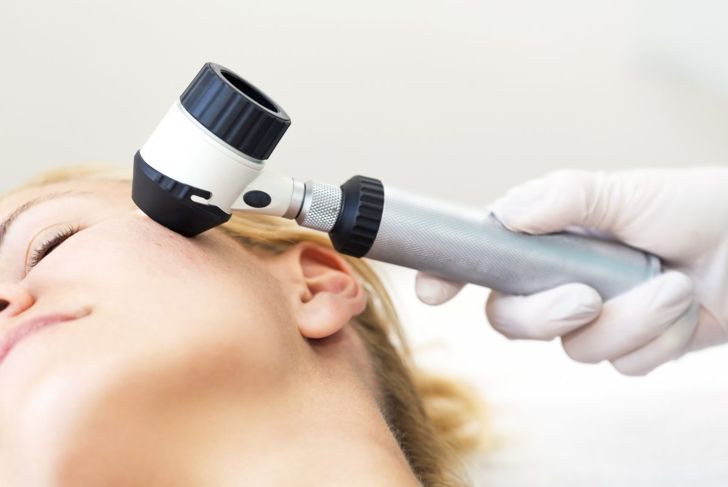Demodex is a genus of tiny mites that live in and near the hair follicles. Nearly everyone has these mites and various factors contribute to their population size. Small accumulations of these mites are generally asymptomatic. As they increase in number, they can exacerbate pre-existing skin issues or trigger various skin conditions.
Notable Species
Two species of mites are responsible for human Demodex infestations: Demodex folliculorum and Demodex brevis. Many people refer to these species as “eyelash mites,” though only D. folliculorum occupies the eyelashes. D. brevis exists in oil glands that connect to small hair follicles. D. folliculorum consumes skin cells while D. brevis feeds on gland cells. Both mites are invisible to the naked eye.
Who Has the Mites
Newborns have no mites, though this changes as children come into contact with other people. Research indicates that a third of children and young adults, half of adults, and two-thirds of older adults carry these mites. The increase in population as we age may be due to continual accumulation or because adults produce more sebum. Additionally, advancements in technology and studies of cadavers indicate that these statistics may not fully detail the mites’ prevalence.
Demodicosis
Most Demodex infestations are asymptomatic, but some people do experience issues due to larger mite populations or weaker immune systems. Demodicosis is the main condition resulting from Demodex mites. Common symptoms include itching, inflammation, and hair loss. Strong connections exist between demodicosis and folliculitis. People with demodicosis also often complain of eyestrain.
Other Symptoms of Large-Scale Demodex Infestations
Particularly large Demodex infestations may also trigger a range of conditions:
- Blepharitis: itching, irritation, and scaling of the eyelids
- Rosacea: acne, redness, dilated blood vessels
- Madarosis: loss of eyelashes
- Perioral dermatitis: sections of itchy, red papules
- Demodex folliculorum — a general term for both mites and the condition: rough skin near the hair follicles
- Demodectic ear frost: pale, gritty scaling of the ear lobe
- Demodex-related abscesses
Causes
Experts do not understand the exact mechanisms that cause symptomatic Demodex infestations. Some research suggests that the mites physically block the hair follicle or carry disease-causing bacteria. Alternatively, as they die, the mite bodies may trigger a hypersensitiveve response or innate immune response. It is also unclear if the mites themselves trigger symptoms, or if the mites simply prefer skin that is experiencing issues like rosacea.
Risk Factors
While not much is understood about the mites, a few factors do indicate larger population sizes foster the potential for serious symptoms. Perhaps the greatest factor indicating the risk of Demodex infestations is age. Older people are significantly more likely to have large mite populations. People with weakened immune systems are also more likely to possess mites, as their bodies cannot combat the populations.
Diagnosis
Since the mites are small and invisible to the naked eye, doctors use a range of tests to diagnose Demodex infestations. A dermoscopy often shows white structures obstructing follicular openings, indicating mite numbers are high. Skin biopsies of hair follicles or KOH tests of skin scrapings often collect Demodex mites, which are visible under a microscope.
Treatments
Because Demodex mites can only live on human skin and in the hair follicles, treatment is a simple process. Acaricides, which are pesticides that target ticks and mites, are the most effective. These are present in various ointments, such as salicylic acid creams, benzyl benzoate solutions, sulfur ointments, selenium sulfide washes, and many more. People with severe cases may require a prescription for stronger treatments than are available over the counter.
Lifestyle Changes and Prevention
Various lifestyle changes can manage mild mite infestations and prevent more serious issues:
- Cleansing the face with a non-soap product
- Avoiding oil-based cleansers
- Not wearing makeup
- Exfoliating periodically to remove dead skin cells
- Washing hair daily
- Using baby or non-irritating shampoo on the eyelashes daily
- Avoiding touching other people’s hair and eyelashes
Outlook
The outlook for Demodex mite infestations is generally positive. Most people experience no symptoms from the mites. Those prone to symptomatic mite populations may need to clean their faces more thoroughly or with specific products. Despite this, the mites are generally simple to manage and symptoms usually recover within a few weeks of treatment.

 Home
Home Health
Health Diet & Nutrition
Diet & Nutrition Living Well
Living Well More
More




















